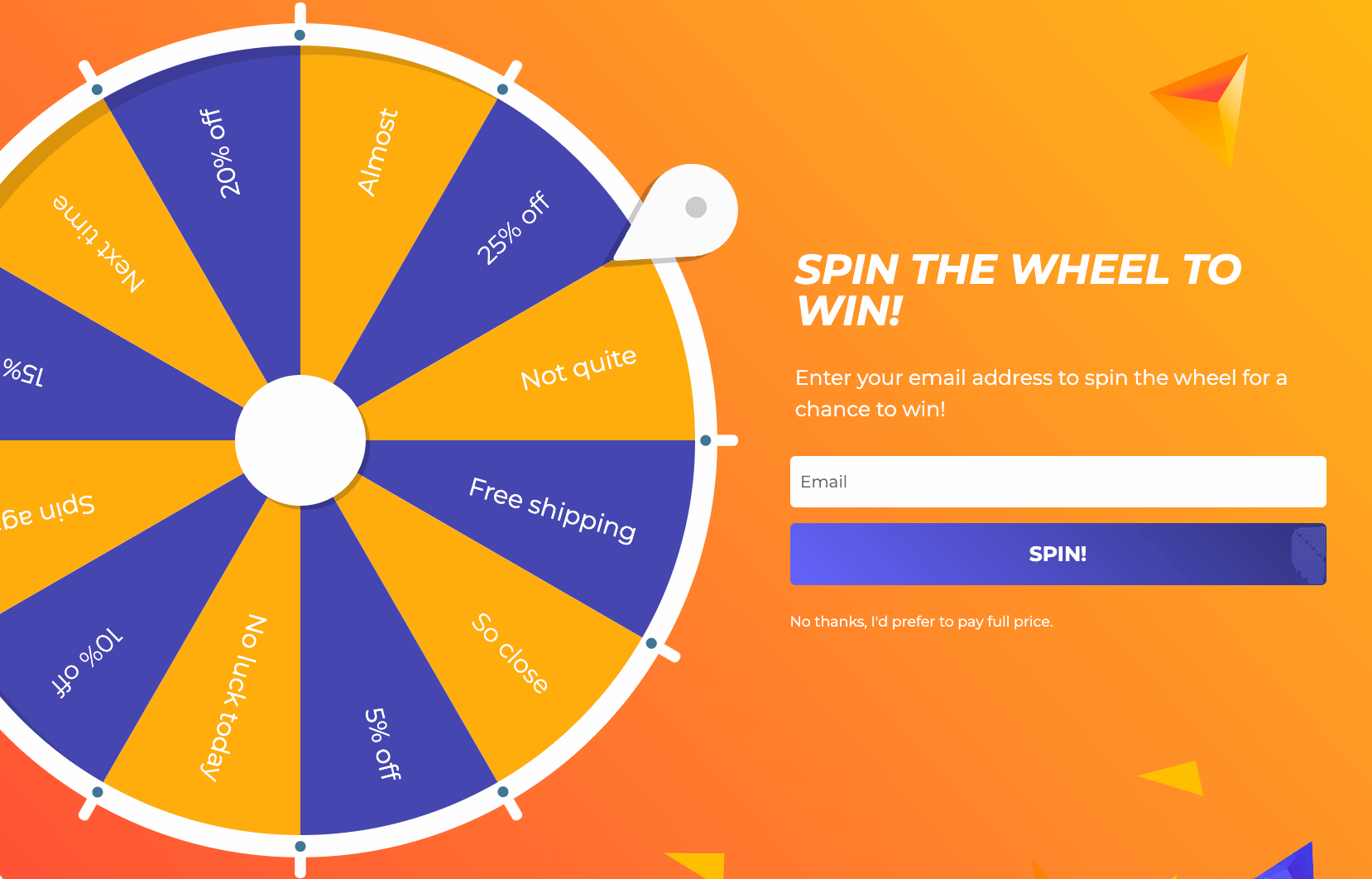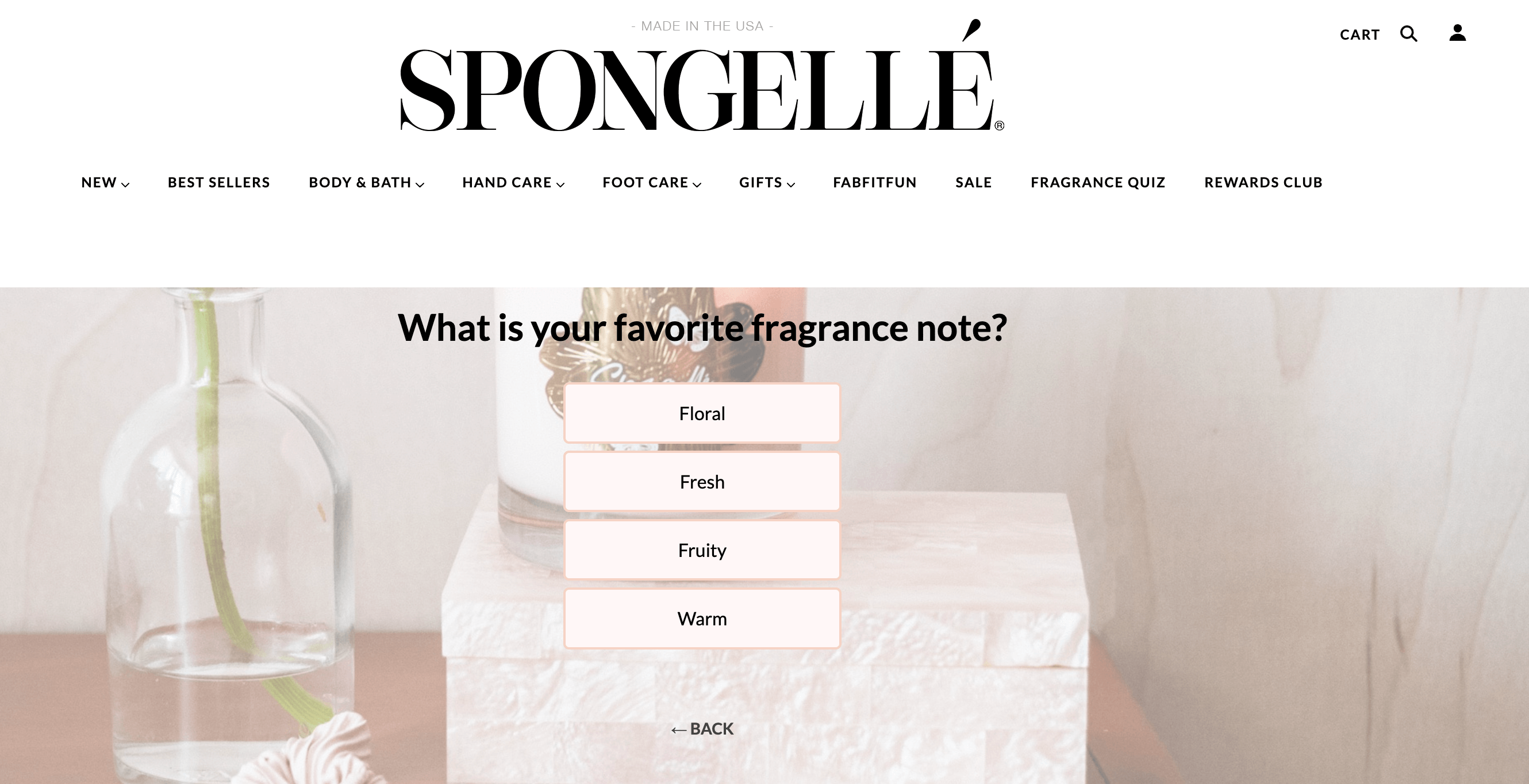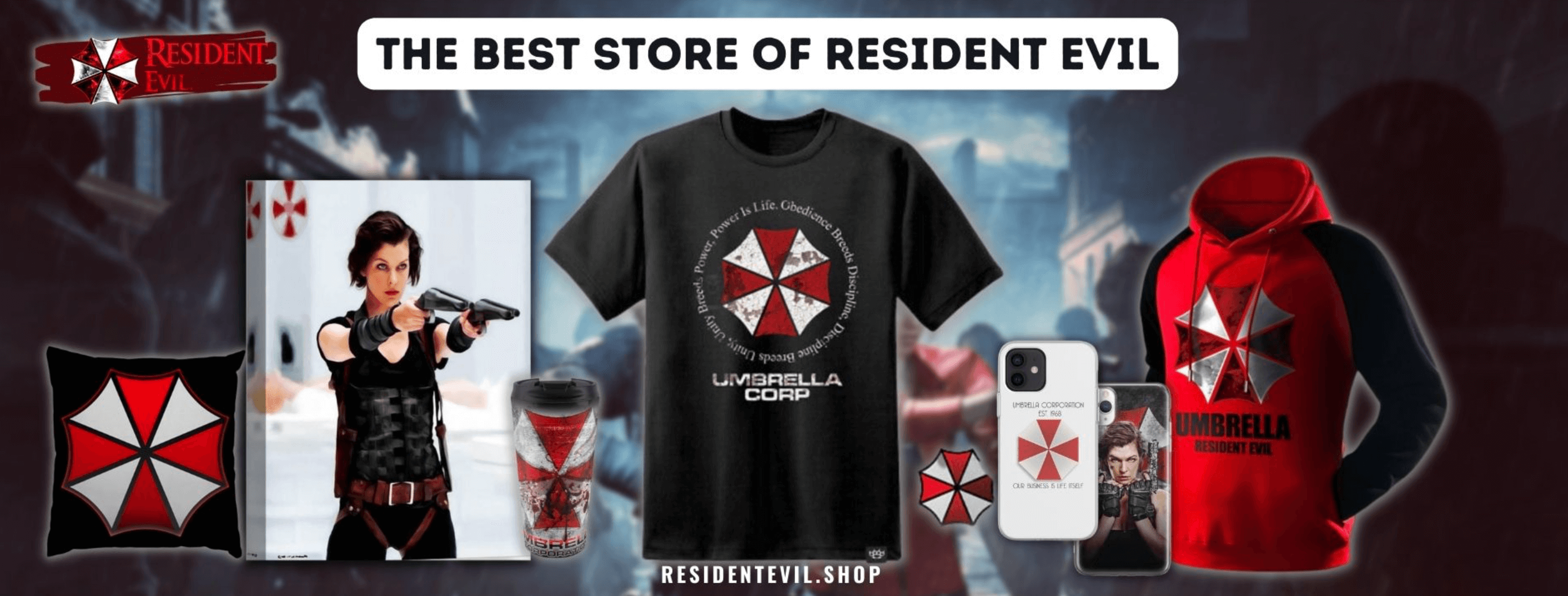
Dominic Tarn
Head of Content - ReVerb
05.07.2022
There must be something irresistible about games if humans keep playing them.
So, why not use this particularity of human psychology to your advantage and attract more customers to your online store?
Don’t worry: you don’t have to make a full-fledged RPG game to do that. Instead, you can use the following six tried-and-tested gamification techniques. They’ve been around for a while, but that doesn’t make them any less efficient at bringing retailers like you more leads.
Gamification Techniques That Will Boost Your eCommerce Sales
1. Invite users to spin the wheel
Let’s imagine you run an online store that sells top books and needs more customers to keep afloat. Sure, you can set up a sale or send out coupons by email. But that’s so common and dull that your marketing efforts are likely to go unnoticed by most potential buyers.
Instead, you can do what it says right in the heading – create a spinning wheel with many rewards that are enticing enough for the users to give it a go. And if they’re lucky enough to win a discount or free shipping, they’ll be more inclined to place an order in your online store.

You don’t think a spinning wheel will be a good fit for your online store? There’s another way to encourage users to test their luck: set up an instant lottery. The mechanics behind it are the same, of course – it’s just the appearance that’s different.
2. Set up a loyalty program
This is a classic example of gamification in retail. When done right, loyalty programs can have so much in common with any successful video game, like:
- Progressing from one level to another;
- Earning badges and/or XP-like points;
- Using an internal currency (credits) that can be exchanged for gifts.
But since having a loyalty program is the golden standard in eCommerce now, you’ll have to test your creativity to gamify it in a way that few other brands have. You don’t have to reinvent the wheel, though: it can be the design or the story behind the loyalty program that’s one-of-a-kind.
3. Introduce quizzes
Yes, quizzes come in handy not only for students preparing for the ACT exam or the SATs. They’re also an excellent gamification technique for online stores.
But be careful: just adding a quiz to your website doesn’t mean users will flock to take it as if by magic.
There are two ways you can make a quiz that people will want to take:
1) Use it to personalize the customer journey. For example, if you sell makeup, ask users about their skin type and style preferences to offer a personalized selection of products to them. Personality quiz questions are a great way to gather information from users and tailor their experience to their unique needs and preferences, ultimately leading to higher customer satisfaction and increased sales.

2) Make it too fun to resist. All those BuzzFeed quizzes like “Which Harry Potter character would be your BFF?“ are popular for this exact reason. Just make sure you stay on-brand in the process.
Keep in mind that there should be a tangible reward for completing a quiz. It can be a discount, in-store credits or points, or free shipping.
4. Run a contest
There’s no better way to leverage people’s competitiveness than by launching a contest. The idea of it is simple: define a task or a challenge for your audience and have several rewards for them in stock.
Don’t forget to determine how you’ll choose winners beforehand, though. You can put it to vote on your social media pages and select winners based on the number of likes, for example (this will help boost your engagement metrics, too).

If you want to leverage word-of-mouth marketing at the same time, organizing a contest is a powerful tool for it. For example, you can invite your existing customers to share their experience of dealing with your brand on their social media profiles – and tag your account.
5. Organize a digital scavenger hunt
Bonobos’ campaign back in 2011 is the example that most experts quote here. This men’s apparel store hid images on its website and invited users to seek them out. The first 50 people who found them on a given day were rewarded with free shipping and $25 in-store credits.

No one can stop you from taking a page out of Bonobos’ book and running your own digital scavenger hunt. You can make it a one-time competition or a continuous marketing campaign.
You don’t have to limit the tasks on the list to just finding images on your website. You can hide words, links, and even pages! Just make sure you have someone with strong web design and development skills for implementing the scavenger hunt.
6. Create game-themed promotions
Why not take inspiration from the thrilling and engaging elements of Resident Evil games and build a game-themed promotion around it? You can craft special bundles, such as a ‘Survival Pack’ that includes the game itself, along with merchandise like T-shirts or posters. Offering these limited-time promotions can ignite interest in fans of the series and newcomers alike.

Conclusion
All of these gamification techniques aren’t cutting-edge or overwhelmingly innovative. They’ve been around for quite some time now. So, if you want to stand out, you’ll have to find a way to do so, be it through the story, challenge at hand, or design.
You might also consider coming up with your own gamification technique to set yourself apart. If you do, keep in mind that all gamification techniques have several things in common:
- They present the user with a challenge or task;
- Once they complete the task, they should have a sense of accomplishment;
- To achieve that, they should be rewarded for their progress.
What rewards can you offer to entice more people to participate? There are many options, such as:
- Badges;
- Points;
- New levels;
- Discounts;
- Coupons;
- Account credits;
- Gifts;
- Free shipping.
Once you’re ready to introduce one or several gamification techniques in your online store, here are three tried and tested pieces of advice for you:
- Set time constraints to leverage FOMO (fear of missing out);
- Add a progress bar wherever appropriate;
- Run A/B tests to refine the new feature or tactic.
Good luck!










